Fruits are not only delicious but also rich in essential nutrients, vitamins, and antioxidants crucial for our health. In this article, we’ll take a look at the ten healthiest fruits in the world, their origins, the seasons they grow in, as well as their pros and cons.
Blueberries: Blueberries are small, blue fruits rich in antioxidants and vitamins. They are particularly known for their high content of anthocyanins, which have anti-inflammatory properties. Blueberries are usually harvested from mid to late summer, typically from June to August in the Northern Hemisphere and from December to February in the Southern Hemisphere. They are mainly cultivated in North America. Pros: High levels of antioxidants, improves cognitive function; Cons: May require acidic soil to thrive.
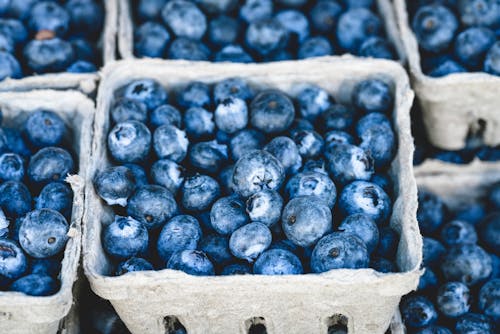
Avocado: Avocados are rich in monounsaturated fatty acids, fiber, potassium, and vitamins. They are harvested throughout the year, but their main harvesting seasons vary depending on the variety and region. Avocados thrive in subtropical and tropical climates and require warm, frost-free weather to grow. They originate from Mexico and Central America. Pros: Healthy fats for heart health, versatile in the kitchen; Cons: May require high amounts of water.
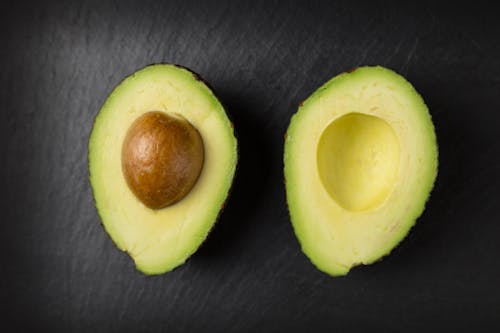
Pomegranate: Pomegranates are known for their high content of antioxidants and vitamin C. They are usually harvested in the fall, typically from September to November. Pomegranates require a dry, subtropical climate with mild winters and hot summers to thrive. They originate from Iran and the Himalayan region. Pros: Strongly anti-inflammatory, promotes heart health; Cons: Difficult to peel and eat.
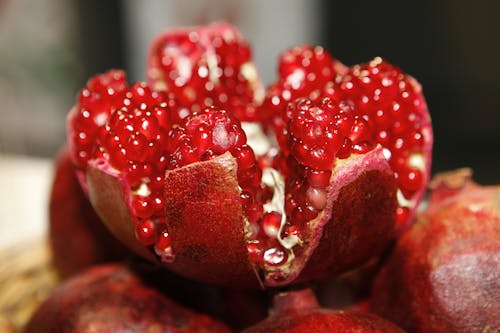
Acai Berries: Acai berries are small, purple fruits rich in antioxidants, fiber, and healthy fats. They are mainly harvested between July and December and originate from the rainforests of South America, particularly Brazil. Pros: Boosts the immune system, may improve skin health; Cons: Expensive, often available only in frozen form.
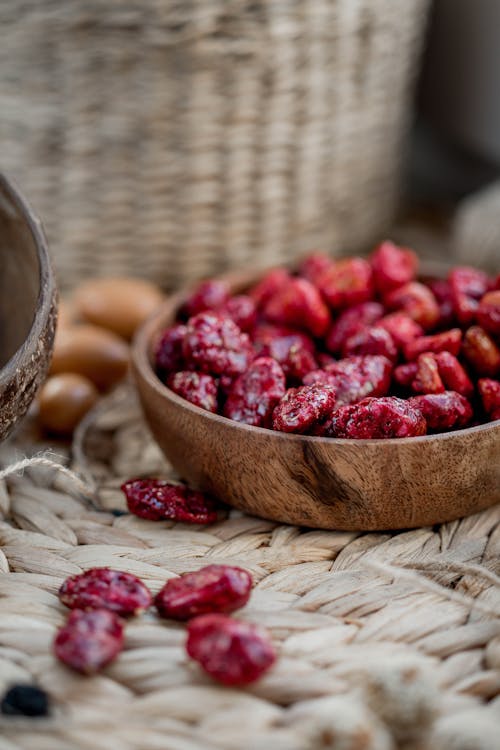
Raspberries: Raspberries are rich in fiber, vitamin C, and antioxidants. They are usually harvested in the summer, from June to August in the Northern Hemisphere. Raspberries require a moderate climate with sufficient moisture and sunlight. They originate from Europe, North Asia, and North America. Pros: Low glycemic index, promotes healthy digestion; Cons: Short shelf life after harvest.
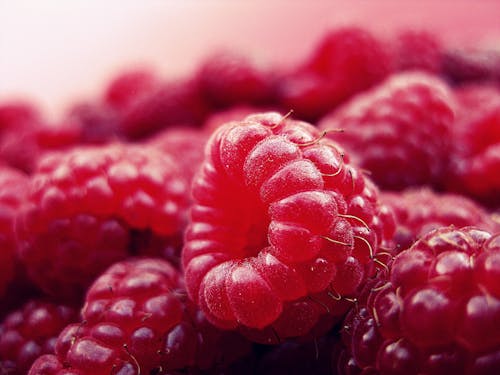
Goji Berries: Goji berries are rich in antioxidants, vitamins, and minerals. They are usually harvested in late summer and fall, from July to October. Goji berries require a dry, temperate climate and thrive at high altitudes. The main cultivation areas are in China, Mongolia, and Tibet. Pros: Supports eye health, boosts the immune system; Cons: Some people may have allergic reactions.
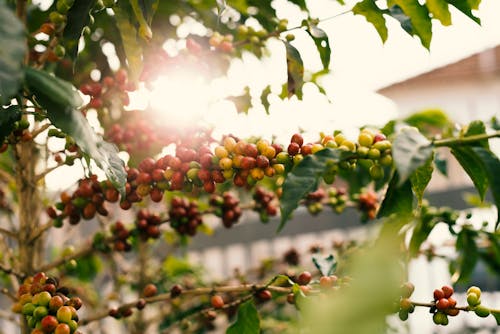
Apples: Apples are rich in fiber, vitamin C, and antioxidants like quercetin. They are usually harvested in the fall, from September to November. Apples require cool winters and mild summers and are grown in temperate climates worldwide. Pros: Promotes a healthy gut flora, versatile; Cons: May contain pesticide residues that are difficult to remove.
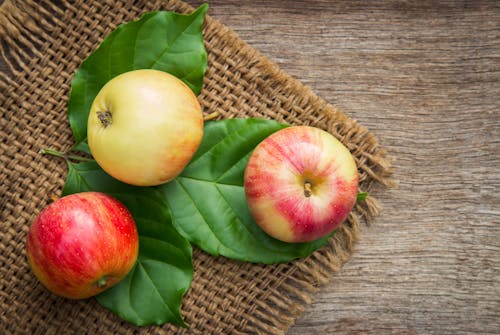
Pineapple: Pineapple is rich in bromelain, an enzyme with anti-inflammatory properties, as well as vitamin C and manganese. Pineapples are usually available throughout the year, but their main harvesting seasons vary by region. They are mainly cultivated in South America, especially in Brazil and Paraguay. Pros: Promotes digestion, delicious taste; Cons: May cause skin irritation if eaten raw in excess.

Bananas: Bananas are rich in potassium, fiber, and vitamin B6. They are available throughout the year and are grown worldwide. Bananas require warm, moist climates and can be harvested up to twice a year. They originate from Southeast Asia, especially the Malay Archipelago. Pros: Easy to transport and eat, supports muscle health; Cons: Often contains high amounts of sugar.

Oranges: Oranges are rich in vitamin C and fiber. They are usually harvested in winter, from December to March. Oranges require a subtropical or tropical climate with mild winters and hot summers. They originate from Asia, particularly China and India. Pros: Strengthens the immune system, high antioxidant content; Cons: May contain high amounts of sugar, especially in juices.
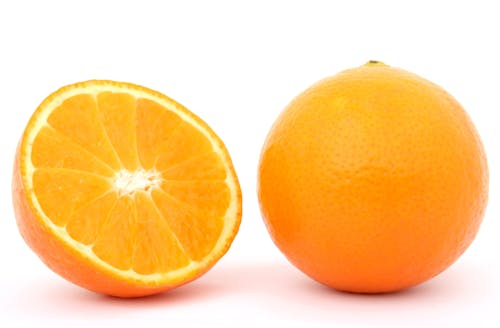


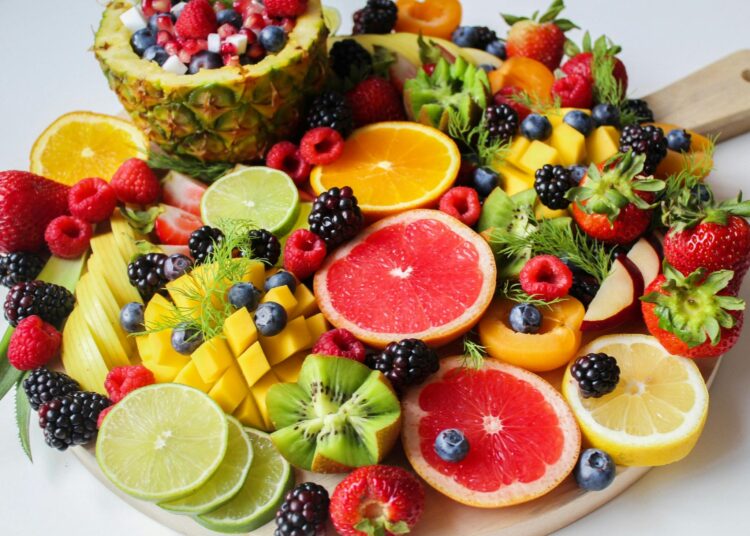








Discussion about this post